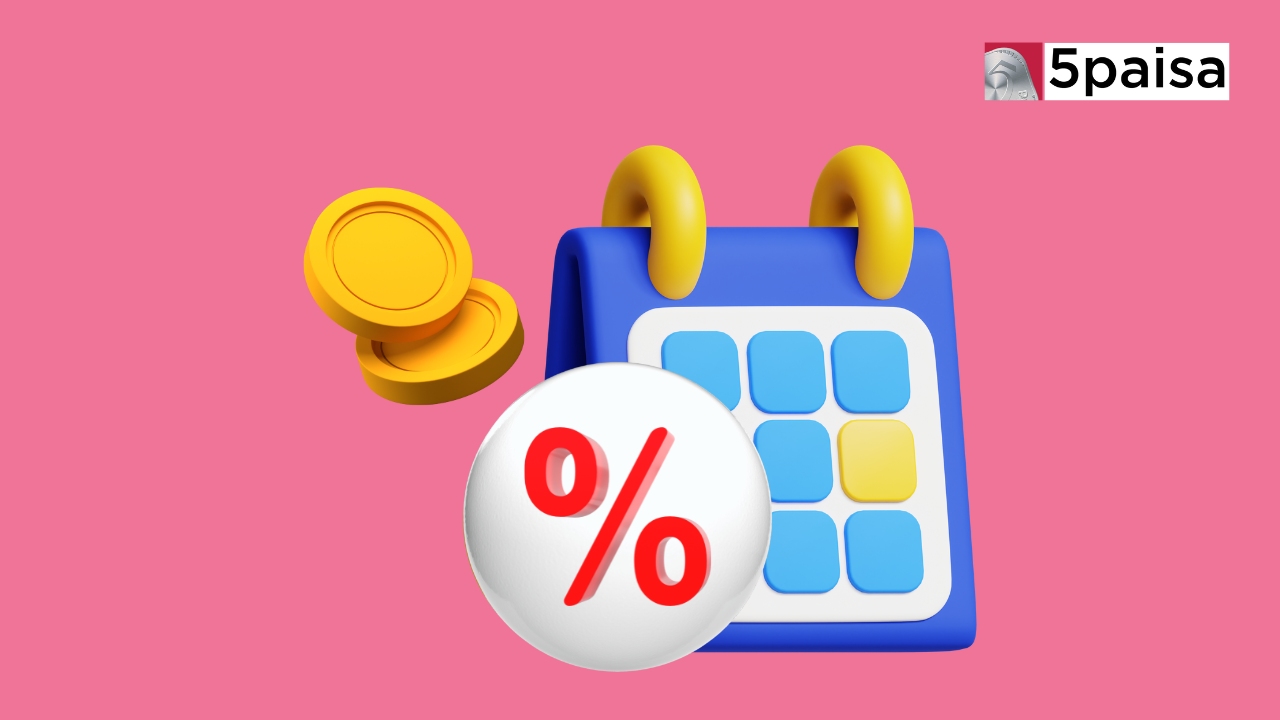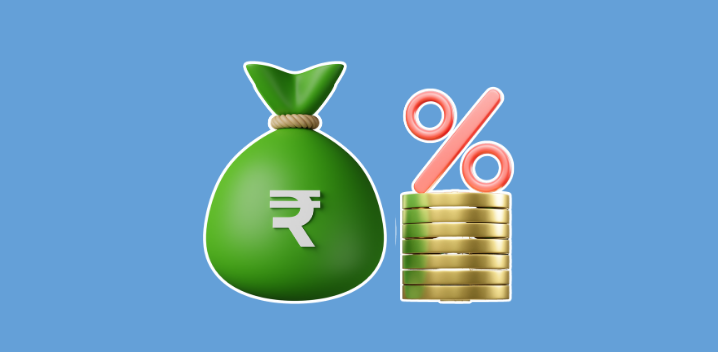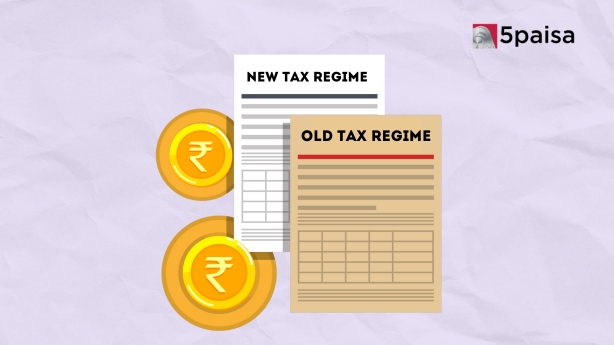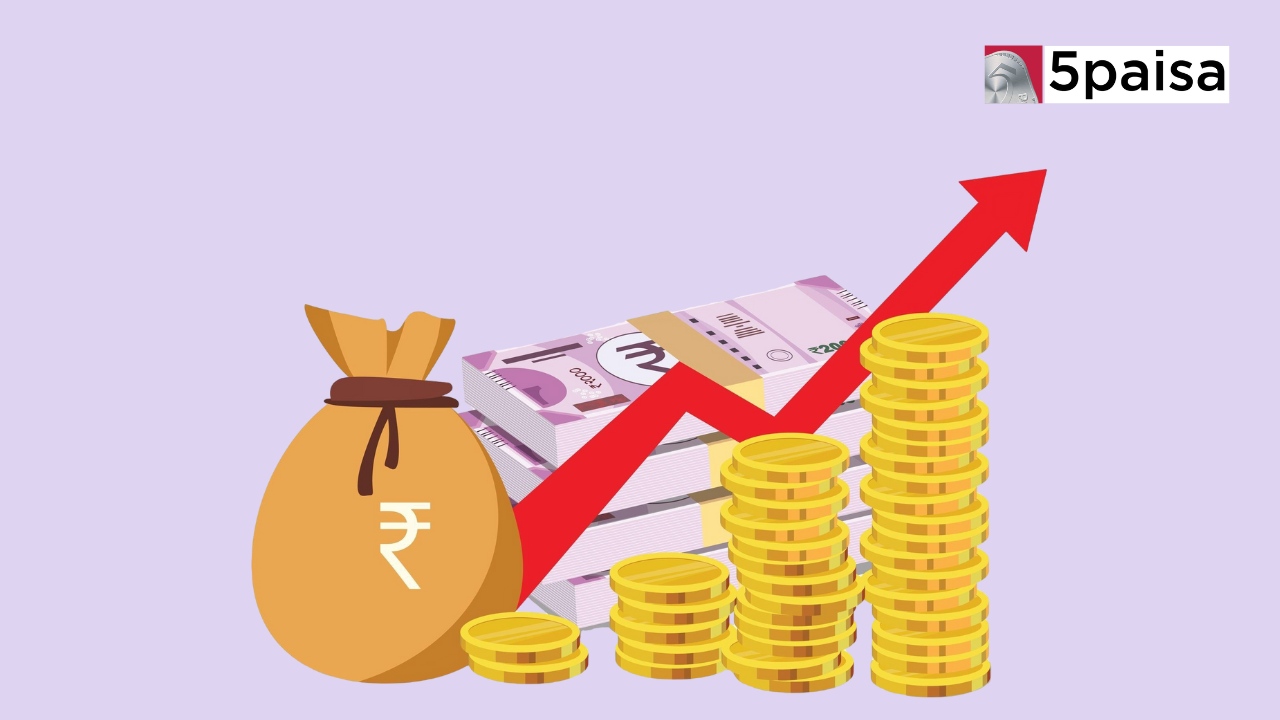3 Technologies Disrupting Finance in 2025: AI, Blockchain & Big Data Revolution
Monthly Interest Payout Fixed Deposit(FD)

A Monthly Interest Payout Fixed Deposit is a savvy investment for those seeking a regular income. By locking in a lump sum, investors earn interest monthly, providing a steady cash flow that's particularly beneficial for retirees or anyone requiring consistent financial support. It's a safer bet compared to equities, albeit with potentially lower yields than cumulative FDs. These deposits offer the security of fixed returns and the flexibility to meet monthly expenses without eroding the principal amount. While the interest may be taxable, it’s a trade-off for liquidity and predictability, making it an attractive option for conservative investors and those prioritizing income over growth.
Some of the Best Interest Rates on FDs

What is Monthly FD Payout?
A Monthly FD Payout is an investment where you deposit a sum, typically with a bank, that pays out accrued interest every month instead of reinvesting it. It’s designed for those needing regular income, like retirees. The interest rate is fixed, offering stability and predictability, and the capital remains intact. It’s a reliable way to supplement income, but usually yields less over time compared to reinvestment options.
How to Calculate FD Monthly Interest Payout?
To calculate the monthly interest payout for a Fixed Deposit (FD), use the formula: (Principal x Rate x Time) / (100 x 12). The principal is your FD amount, the rate is the annual interest rate, and time is the FD term in years. Divide by 100 to convert the rate into a percentage, and by 12 for the monthly payout.
How to Convert from Annual Interest rate to a Monthly Interest Rate
To convert an annual interest rate to a monthly interest rate, divide the annual rate by 12, the number of months in a year. For example, if the annual rate is 12%, the monthly rate would be 1% (12% ÷ 12).
Benefits of Monthly Interest Payout FD
Monthly Interest Payout FDs provide consistent cash flow, making them ideal for retirees or those in need of a regular income. They ensure the principal amount remains untouched, offering financial security and peace of mind. With fixed interest rates, they’re less volatile than market-linked investments, providing predictable returns. They also enable better cash management and budgeting on a monthly basis. Though the rates might be lower than cumulative options, the benefit of liquidity without principal withdrawal is a significant advantage for many investors.
How to Close your Fixed Deposit Account
To close your Fixed Deposit (FD) account, follow these steps: First, visit your bank's branch or access its online banking portal. If in-person, fill out an FD closure form; online, navigate to the FD section. Verify your identity with relevant documents or secure online authentication. Specify the account where the funds should be transferred. If closing before maturity, be aware of any penalties or lost interest. For pre-mature closure, the bank may apply a lower interest rate. Review the closure details, then submit the form or online request. The bank will process it, and funds will typically reflect in your nominated account within a few days. Keep a copy of the receipt or confirmation for your records. Always review the terms and conditions for closure before proceeding to ensure a smooth process.
Conclusion
In conclusion, Monthly Interest Payout FDs offer a stable source of income with fixed returns, ideal for those who prioritize regular cash flow and financial security over higher, but potentially riskier, investment gains.
Frequently Asked Questions
Can I make periodic interest-bearing withdrawals from my FD account?
Is it possible to obtain monthly interest on an FD?
How can I find out how much money I have in a fixed deposit each month?
- Flat ₹20 Brokerage
- Next-gen Trading
- Advance Charting
- Actionable Ideas
Trending on 5paisa
Personal Finance Related Articles
Disclaimer: Investment in securities market are subject to market risks, read all the related documents carefully before investing. For detailed disclaimer please Click here.

 5paisa Research Team
5paisa Research Team
 5paisa Research Team
5paisa Research Team




